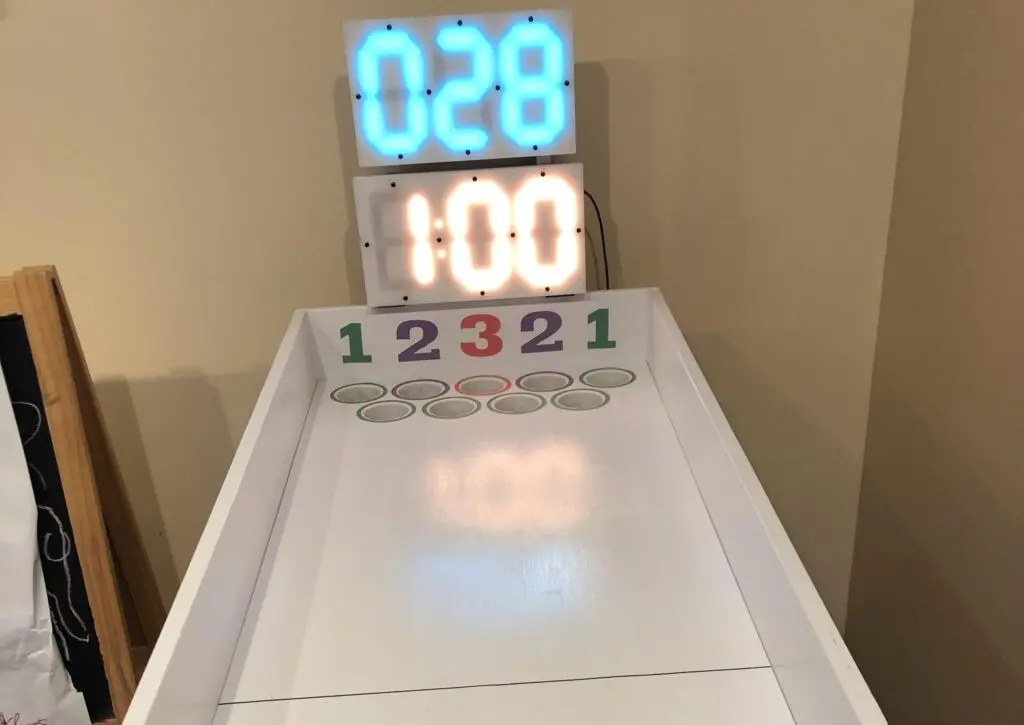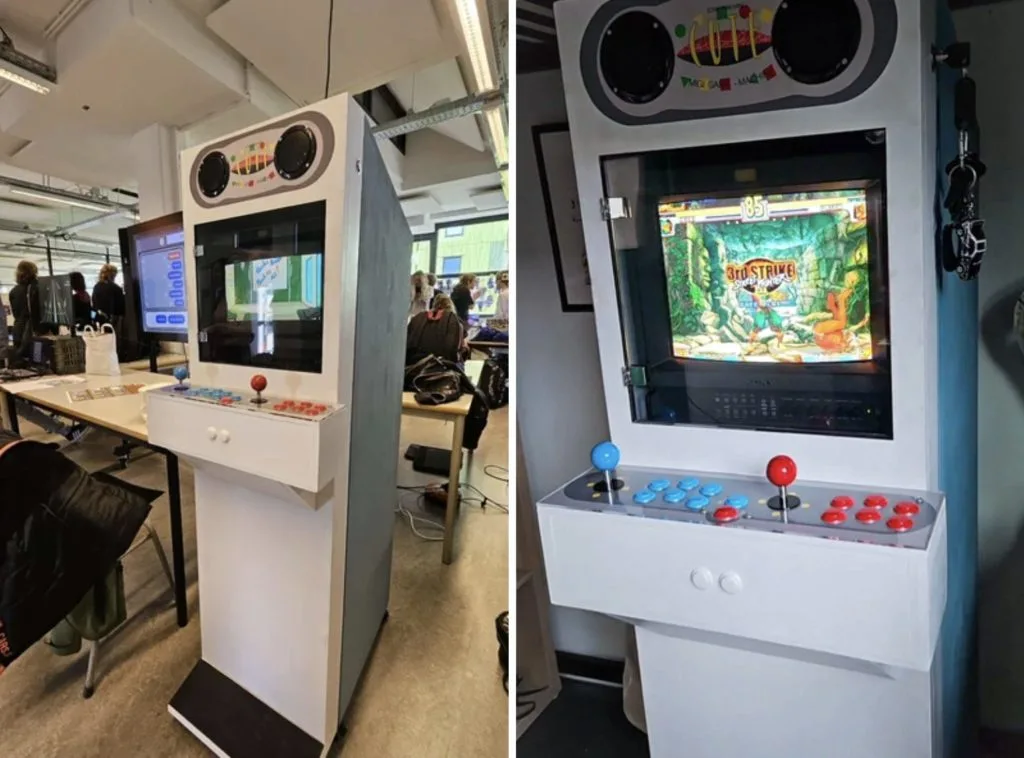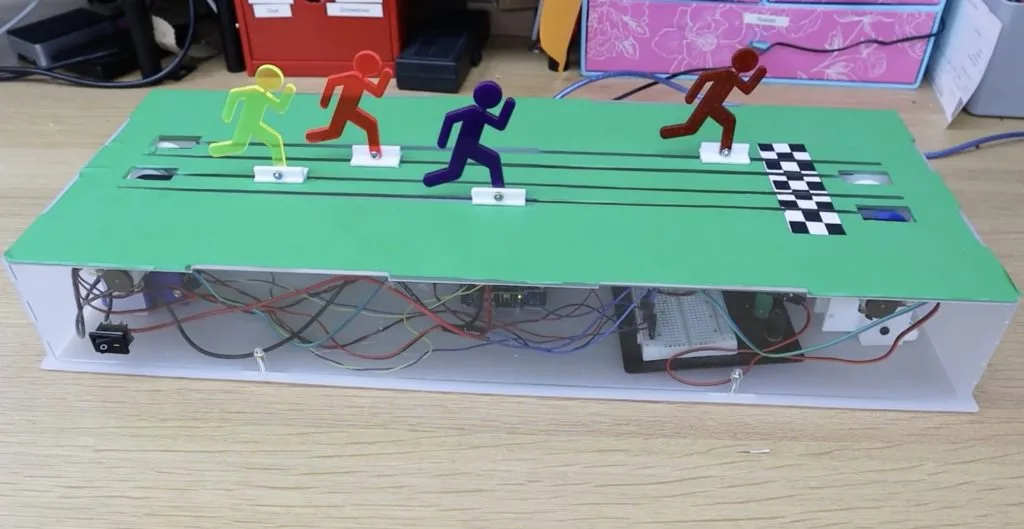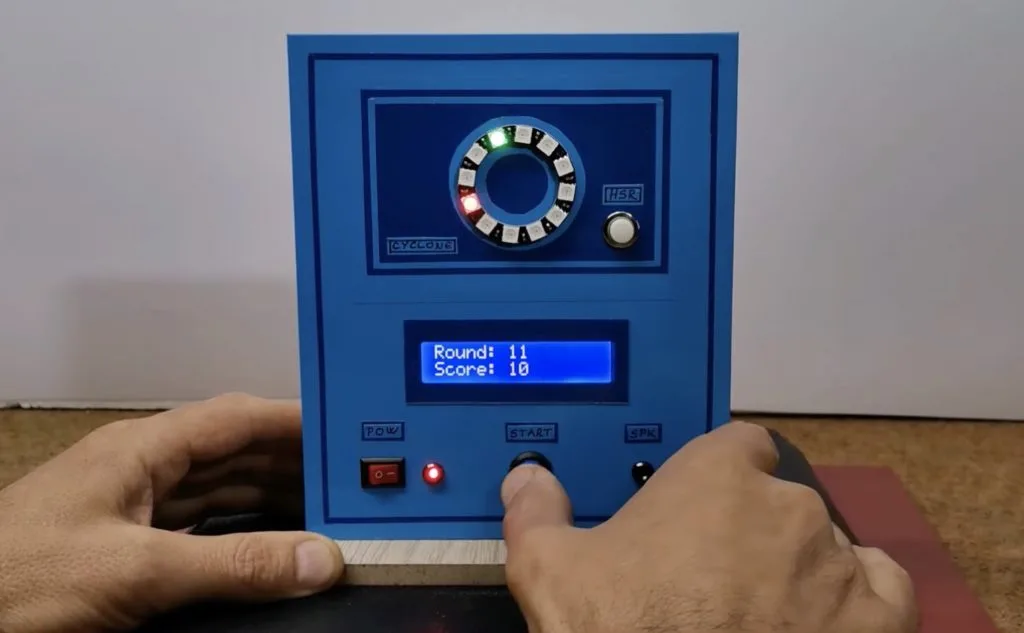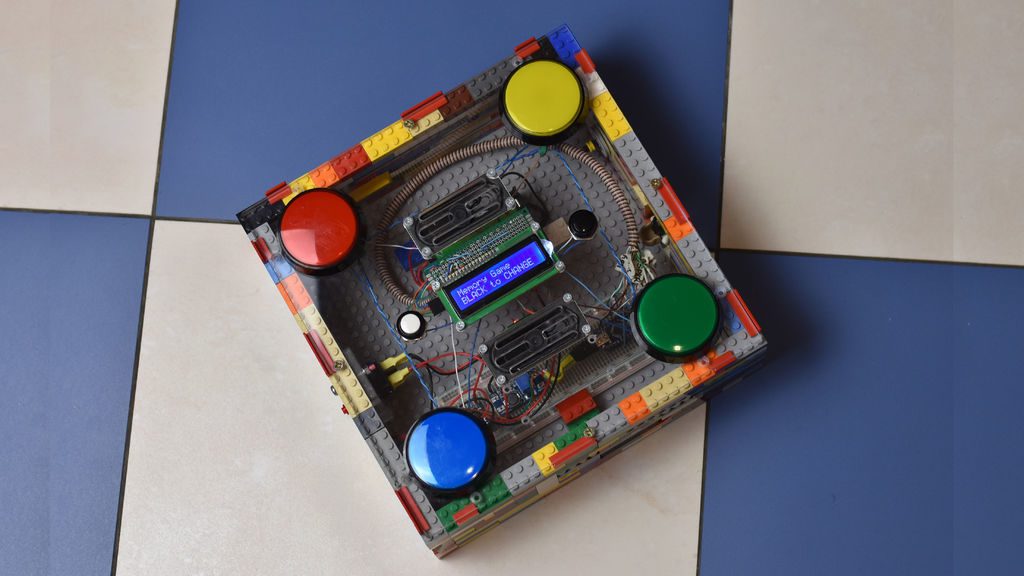Schlagwort: arcade game
-

This rolling ball game brings Skee-Ball-style fun from the arcade to your home
Reading Time: 2 minutesAsk your friends about their favorite games at the arcade and the most common answer will likely be Skee-Ball. But while many other popular arcade games have viable at-home alternatives, Skee-Ball doesn’t — at least not unless you’re willing to spend a serious amount of money. Luckily, you can get your Skee-Ball…
-

Build an adorable arcade cabinet with custom controls
Reading Time: 2 minutesArcade machines are a dying breed and that’s a shame, because their purpose-built approach to gaming is so wholesome. There is something intrinsically satisfying about a device that does one thing and does it well. If you want to bring that beauty into your own home, Migi has a great Instructables tutorial…
-

Build your own human horse race arcade game using Arduino and Strava
Reading Time: 2 minutesEvery arcade seems to have one particular game that appeals to the gamblers among us: the horse race game. That game has several model horses and people can gamble on the outcome of their race. The results are either random or controlled by the players through some sort of input mechanism. In…
-

Mini Cyclone game doesn’t require a trip to the arcade
Reading Time: 2 minutesOne of the most popular machines in any arcade is the Cyclone game, where a ring of LEDs illuminate in sequence and the player must push a button at the exact moment that a specific LED lights up. Get it just right and you can win a whole pile of tickets to…
-

This small Space Invaders game runs on an Arduino Nano with a salvaged CRT display
Reading Time: 2 minutesArduino Team — July 6th, 2022 Rob Cai over on Instructables has created his own version of the classic video game Space Invaders using an Arduino Nano. However, unlike most other projects that would typically incorporate some kind of LCD or OLED screen, he chose to use a small black and white cathode ray tube (CRT)…
-

Build a 4-button arcade game out of LEGO
Reading Time: 2 minutesBuild a 4-button arcade game out of LEGO Arduino Team — August 17th, 2018 If your kids (or you) have somehow gotten tired of playing with LEGO bricks, Lenka Design Workshop has a great way for you to breathe new life into this unused pile. Their game enclosure consists of a 32×32…
-

AMC The Walking Dead Arcade – Gameplay 4K High Quality
Reading Time: < 1 minuteAMC The Walking Dead Arcade – Gameplay 4K High Quality
